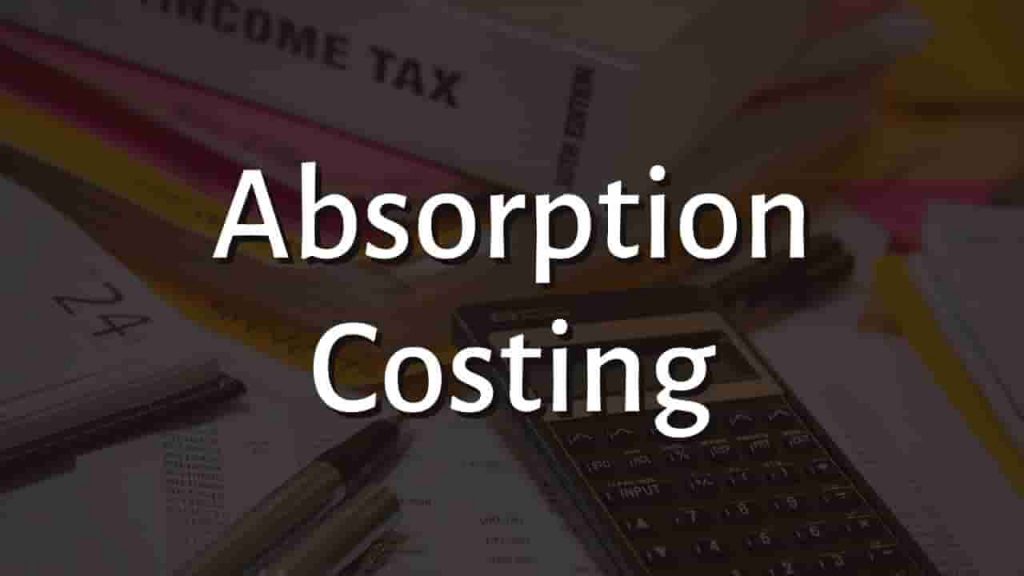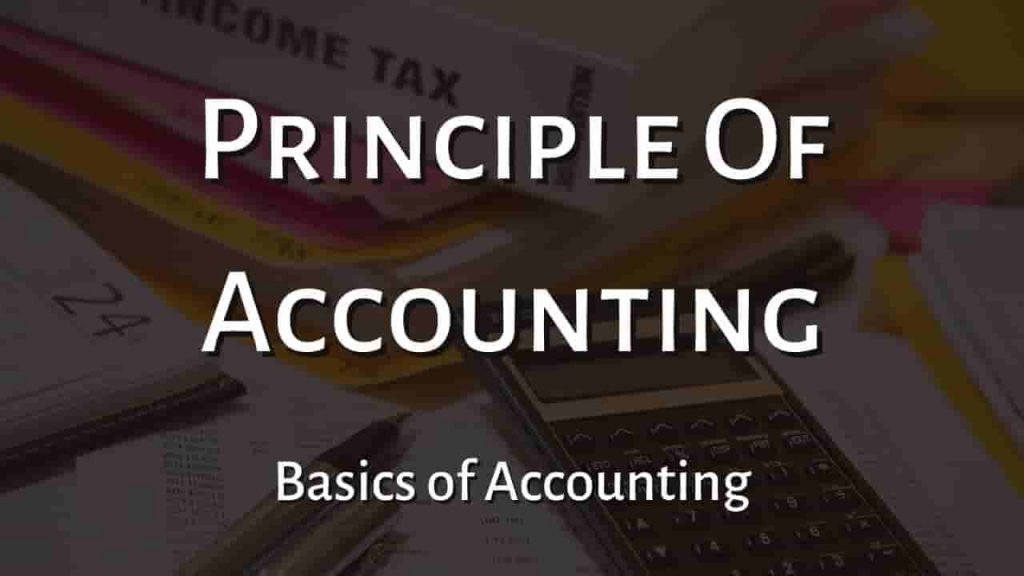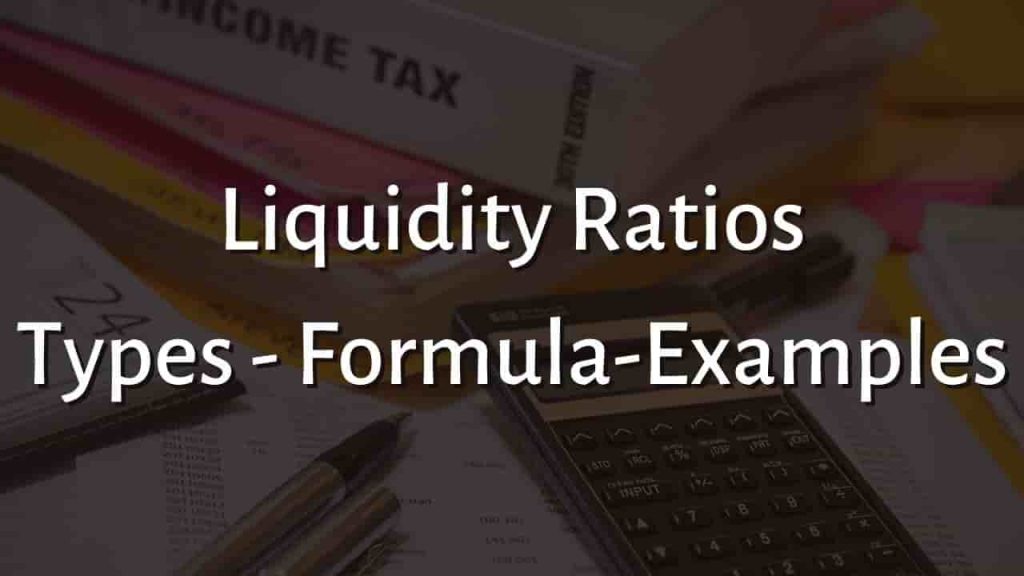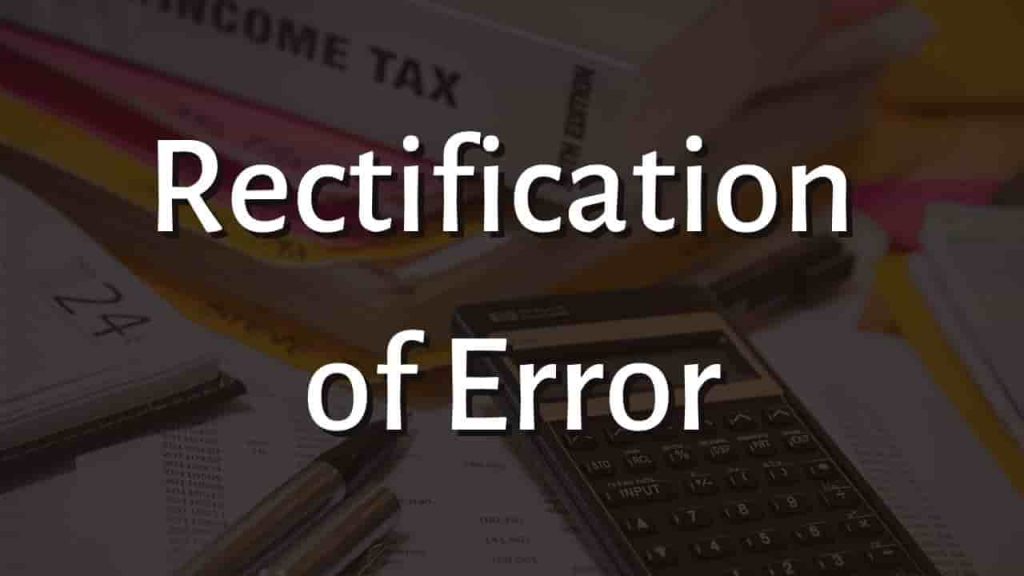Absorption Costing
Absorption costing is often known as “full absorption costing” or “full costing.” Absorption costing is a costing approach that accounts for all production expenses. This strategy is used by management to absorb the costs of a product.
Direct and indirect costs are included in the costs. Raw materials and labor required in production are examples of direct expenditures. Indirect costs include factory rent, administrative fees, licensing, and insurance.
Understanding of Absorption Costing
Variable costs, stable costs, and semi-variable costs are all observed in absorption costing. Variable expenses rise or decrease in proportion to the number of commodities produced. Fixed expenses remain constant regardless of output volume. Semi-variable expenses rise or fall in batches.
Absorption costing is a component of accounting systems and processes. The cost of inventory at the conclusion of an accounting period is determined through absorption costing. The closing inventory also includes fixed expenses, which raises the inventory’s worth. This approach of inventory value boosts the company’s profit.
Absorption costing is also known as full costing since it covers all manufacturing expenses. Variable costs include direct labor and material costs. Rent, security, and insurance are examples of fixed costs. The plant’s electricity costs are one of the semi-variable expenses. Thus, with full costing, all expenses are absorbed by the product, regardless of the goods sold.
In contrast to variable costing, which evaluates just variable expenditures, absorption costing provides for precise accounting for the entire cost of production. The absorption costing approach allows for the reporting of a high profit with a high value of closing inventory. This is due to the fact that the production cost has been totally absorbed.
The Components of Absorption Costing
The following are the key costs ascribed to products under an absorption costing system.
Direct Labor
Direct factory labor is utilized in the production of a product. This cost is directly related to the salaries paid throughout the manufacturing process.
Direct Materials
The materials used to make a final product are also calculated.
Variable Manufacturing Overhead
The costs of running a manufacturing operation. They are variable costs since they fluctuate with manufacturing volume. Electricity, utilities, and supplies consumed by manufacturing equipment are examples of variable manufacturing overhead.
Fixed Manufacturing Overhead
The costs of running a manufacturing plant stay constant regardless of production volume. Insurance and rent are two examples.
What Absorption Costing Doesn’t Include?
The expenses listed below are considered period costs in absorption costing and do not count into the cost of a product. They are instead expensed in the period in which they occur:
Variable selling and administrative
Fixed selling and administrative
How to calculate Absorption Costing
Here are some steps for estimating and assigning absorption costing:
1. Assign Cost to Cost Pools
Determine the costs associated with the creation of goods first, and then allocate them to various cost pools. A cost pool is a collection of expenditures organized by activity. Marketing, customer service, and research and development might all be divided into separate cost pools. You will assign costs to the cost pool that best characterizes them when you spend money.
2. Calculate Usage
Then, go through each action and calculate how much of each was utilized throughout manufacturing. Throughout the production process, you will need to calculate use for activities such as the number of hours spent on labor or equipment usage.
3. Assign Cost
To calculate the allocation rate per unit of activity, divide the utilization measure by the total expenses in the cost pools, and then assign overhead costs to generated commodities based on this usage rate.
Absorption Costing Formula
In absorption costing, the total cost is calculated as follows:
Total Cost = Total Direct Cost + Total Overhead Cost
Total Direct Cost = Direct Material Cost + Direct Labor
Total Overhead Cost = Variable Overheads + Fixed Overheads
Or
Absorption cost per unit = (Direct Material Costs + Direct Labor Costs + Variable Manufacturing Overhead Costs + Fixed Manufacturing Overhead Costs) / Number of units produced
Absorption Costing Example
Company ABC is a manufacturer and supplier. The following costs were recorded by the firm in 2021:
| Particular | Amount |
| Direct materials cost | $30 |
| Direct labor cost | $25 |
| Variable manufacturing overhead cost | $15 |
| Variable selling and administrative cost | $4 |
| Fixed manufacturing overhead | $300,000 |
| Fixed selling and administrative | $400,000 |
Absorption cost per unit = (Direct Material Costs + Direct Labor Costs + Variable Manufacturing Overhead Costs + Fixed Manufacturing Overhead Costs) / Number of units produced
Absorption cost per unit = $30 + $25 + $15 + $300,000
Absorption cost per unit = $300070
Remember that selling and administrative costs (both fixed and variable) are considered period costs and must be expensed in the period in which they occur. These expenses are not included in the product price.
Absorption Costing Income Statement
According to Accounting Tools, gross sales for the period are the first line item on an absorption income statement. Following that is the cost of goods sold. To calculate COGS, begin with the dollar amount of beginning inventory and multiply it by the cost of goods manufactured for the period. The resultant value represents goods for sale.
Subtraction of the final inventory dollar value yields the cost of goods sold. To get the gross margin, subtract gross sales from the cost of goods sold. Subtract selling expenditures from net operating income to determine the period’s net operating income.
What are the Advantages of Absorption Costing?
Absorption costing considers all manufacturing costs, making it a great tool for evaluating suitable product prices. This information enables businesses to guarantee that the price of their product covers the costs of manufacture. It also allows businesses to more competitively price their items in their market.
Absorption costing provides a more true view of a company’s profitability, especially if all of its items are not sold at the same time. This is an essential factor to consider if a firm intends to expand production in preparation for a seasonal sales surge.
Because small enterprises often do not have a big number of items, absorption costs make tracking easier. Companies may absorb fixed expenses ahead of time and sell their products at a more realistic price and profit margin.
Absorption costs are advantageous for businesses that have a consistent demand for their products. Because expenses are already set to the items, it provides a straightforward and methodical costing tool for active enterprises while accounting for varying turnover.
What are the Disadvantages of Absorption Costing?
Though absorption costing is immensely beneficial, there are several drawbacks to this pricing approach. The following are some of the downsides of absorption costing:
Even overhead costs that cannot be easily linked back to the product are attributed to each unit via absorption costing.
By overproducing a product, this pricing approach allows for increased profitability. Because the fixed overhead is attributed to the total number of produced units, the cost for each additional unit produced is reduced. When units are not sold, the fixed overhead expenses are not passed to the expenditure reports, boosting profitability.
Fixed overhead is included in the data acquired for establishing a product’s cost through absorption costing. This can increase the real cost of production and lead to inadequate data for a thorough examination.
Because fixed expenses cannot be deducted from revenue until units are sold, absorption costing might offer an incomplete picture of a company’s profit levels. This can result in costs that go unaccounted for on an income statement, momentarily improving a company’s apparent profitability on the balance sheet.
Absorption Costing Vs Variable Costing
Absorption costing incorporates direct materials, direct labor, variable manufacturing overhead, and fixed manufacturing overhead as product costs. Variable costing, often known as “direct costing,” bases product costs on direct materials, direct labor, and variable production overhead. Variable costing, as opposed to absorption costing, which assigns fixed overhead costs to each product made in a given time, expenditures all fixed overhead costs as period costs.
For more click here and if you are looking for full forms of different acronyms and words then check out this list you really gonna find this helpful. We also have an Essay on every topic, Check the complete list here. If you are Studying in Matric Free Video Lectures of Maths, Physics and English are here, and we have got you covered for I.COM Business Maths also.







